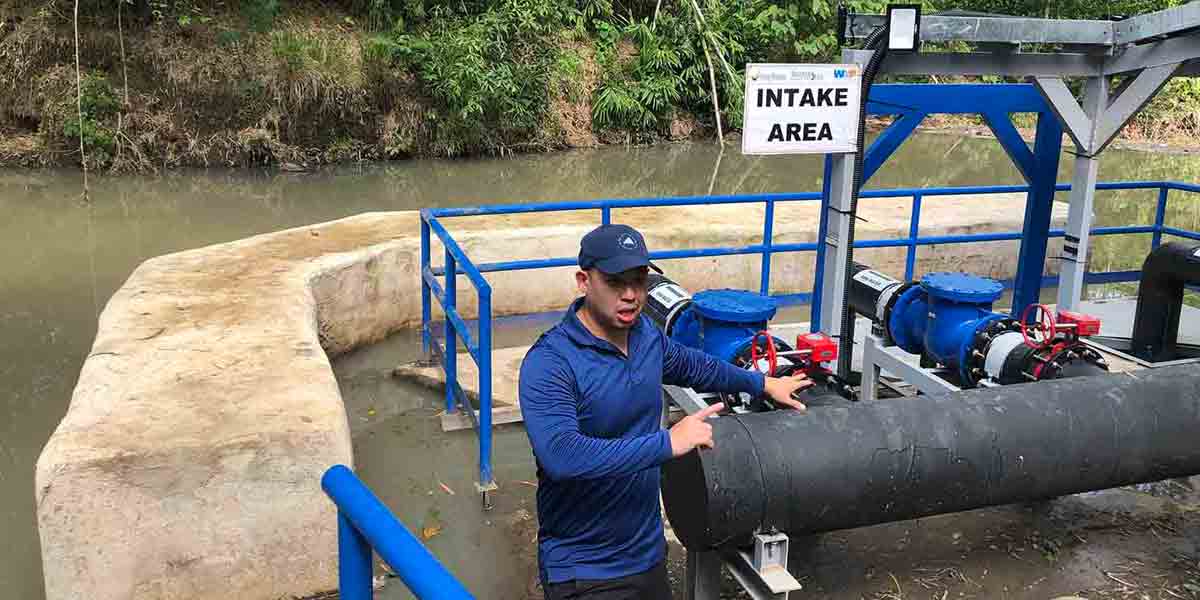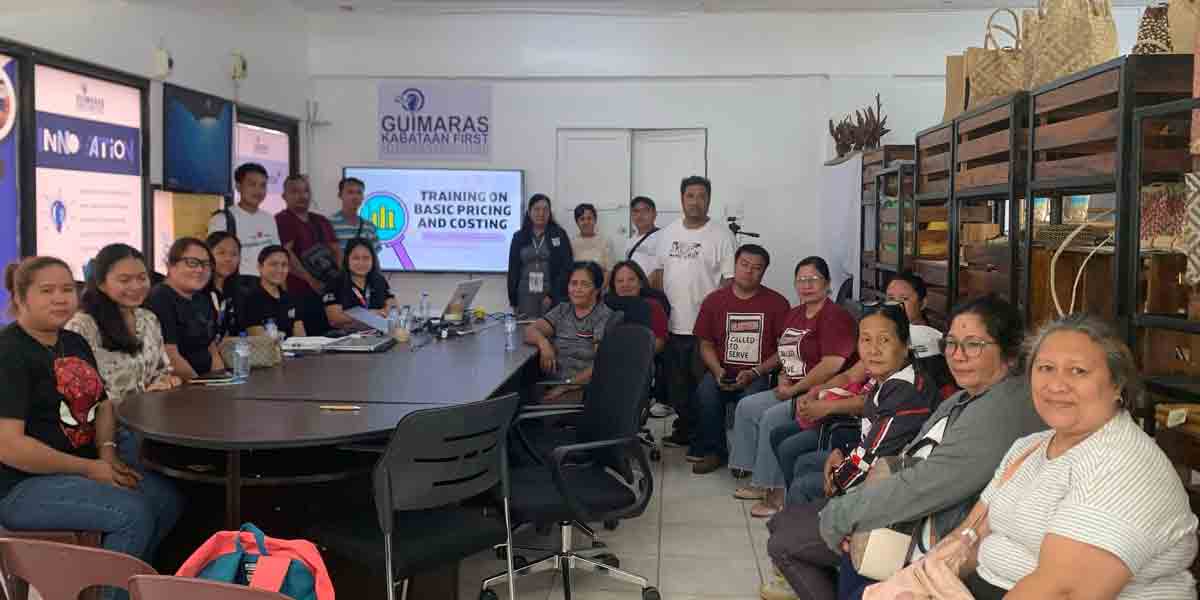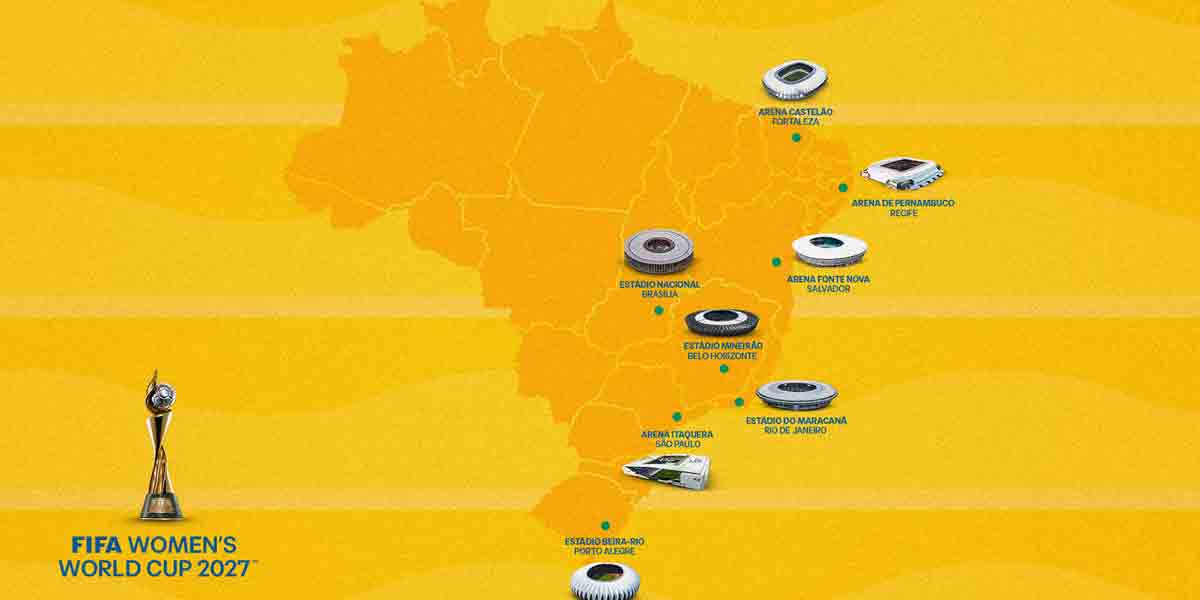The looming threat of a transport collapse in Western Visayas is not simply about old jeepneys returning or modern units pulling out.
It is, more critically, about a collapse of public trust in government commitment and coherence.
When the Western Visayas Alliance of Transport Cooperative and Corporation Inc. (WVATCCI) warned that it would surrender its modernized units to banks, it was not issuing a political bluff.
It was a distress call from operators who took the government at its word.
WVATCCI members invested millions of pesos to comply with the Public Utility Vehicle Modernization Program (PUVMP) — a program the state championed as the future of mass transport.
They reorganized into cooperatives, took on debt, modernized their fleets, and accepted routes under the Local Public Transport Route Plan (LPTRP).
They did their part, with 77.2 percent of jeepney units in the region now consolidated.
But now, just months after the so-called consolidation deadline, the same government hints at allowing unconsolidated jeepneys to resume operations on the very routes assigned to modernized units.
Why comply at all if noncompliance is later tolerated or even rewarded?
This is not just about economic viability — it is about policy consistency.
How can the Department of Transportation (DOTr) assure long-term partnerships if it cannot enforce its own deadlines or protect those who followed the law?
If unconsolidated operators are allowed back on previously assigned routes, it effectively nullifies the LPTRP and destabilizes the fragile economic foundation on which transport cooperatives now stand.
This is not reform. This is reform fatigue.
The modernization agenda, once touted as a transformative national policy, is beginning to resemble a high-risk gamble — one where only the players bear the risk, and the state gets to change the rules mid-game.
The result is staggering: delayed salaries for drivers and workers, threatened loan defaults, declining route incomes, and, ultimately, the possibility of operators walking away from their investments.
In short, the real collapse isn’t in transport. It is in governance.
This creeping rollback of PUVMP enforcement exposes how little political will is left to carry modernization forward.
Flip-flopping on implementation and offering vague promises of legalizing unconsolidated units — without safeguards for those who already complied — is a formula for systemic failure.
It sends a clear message to cooperatives, investors, and the public: following the law does not guarantee protection.
Secretary Vince Dizon’s effort to strike a balance is laudable in theory. Yes, the government must be inclusive and sensitive to displaced or marginalized drivers. But this cannot come at the cost of those who already invested under government guidance.
If inclusion comes with route duplication or market cannibalization, then what’s the point of modernization?
WVATCCI’s threat to pull out units is, in reality, a policy stress test. And the PUVMP is failing it.
Government must act with urgency and clarity. Any pathway for unconsolidated operators must be limited strictly to new or unassigned routes. The LPTRP must be enforced, not turned into a revolving door of ad hoc adjustments.
The modernization program cannot be both a blueprint and a suggestion. It must be a binding commitment — to investors, to drivers, and to the riding public.
Otherwise, what we are witnessing is not a transport collapse. It is a collapse of credibility.
















